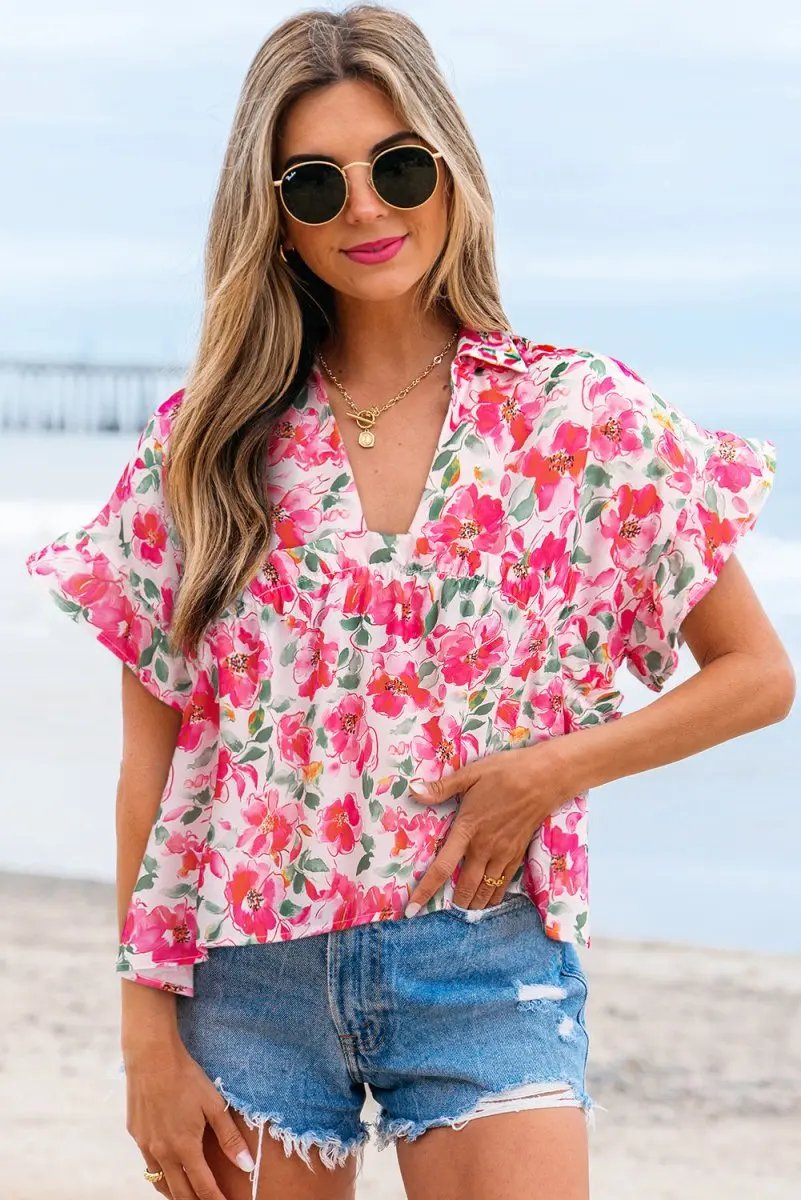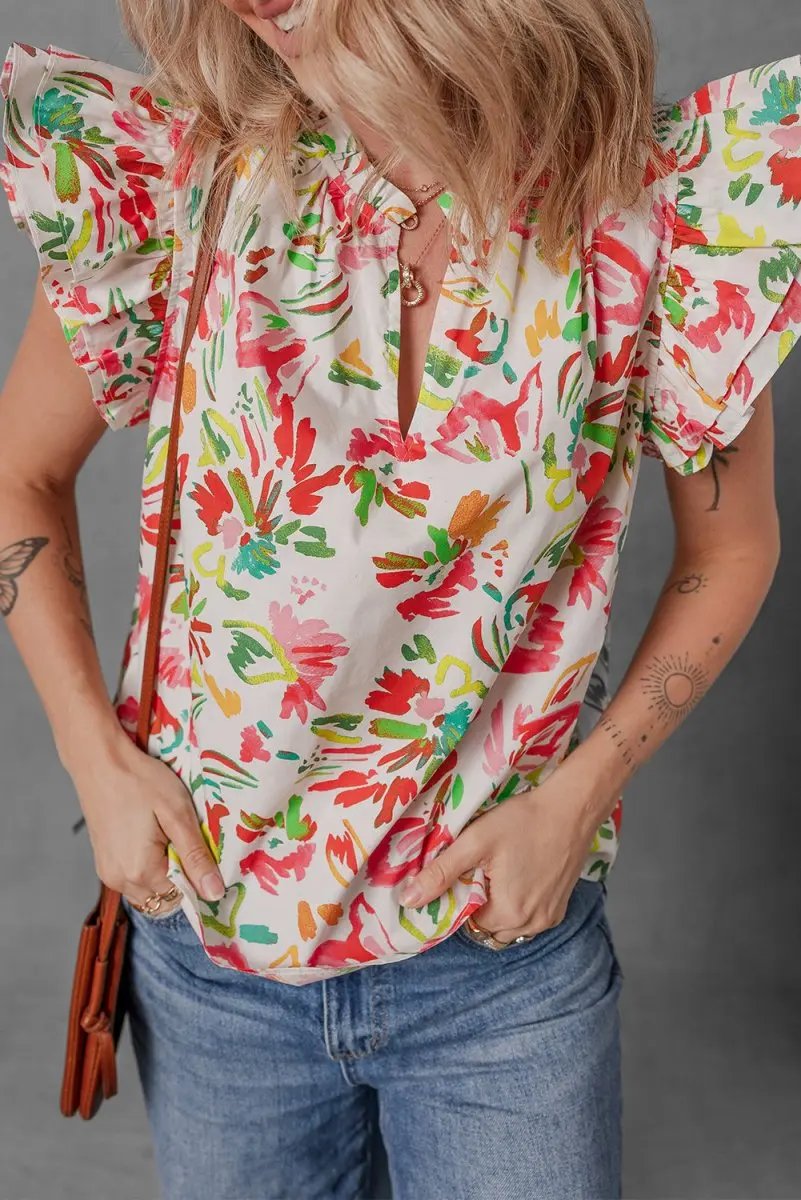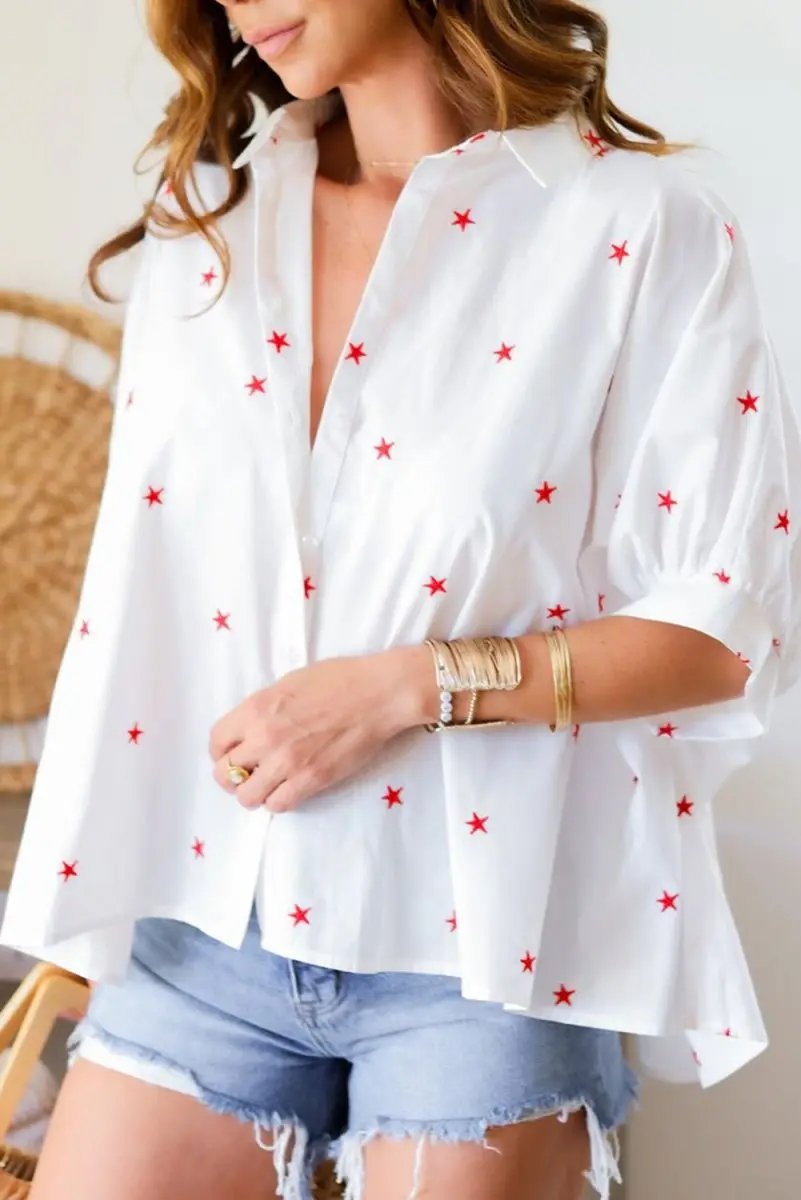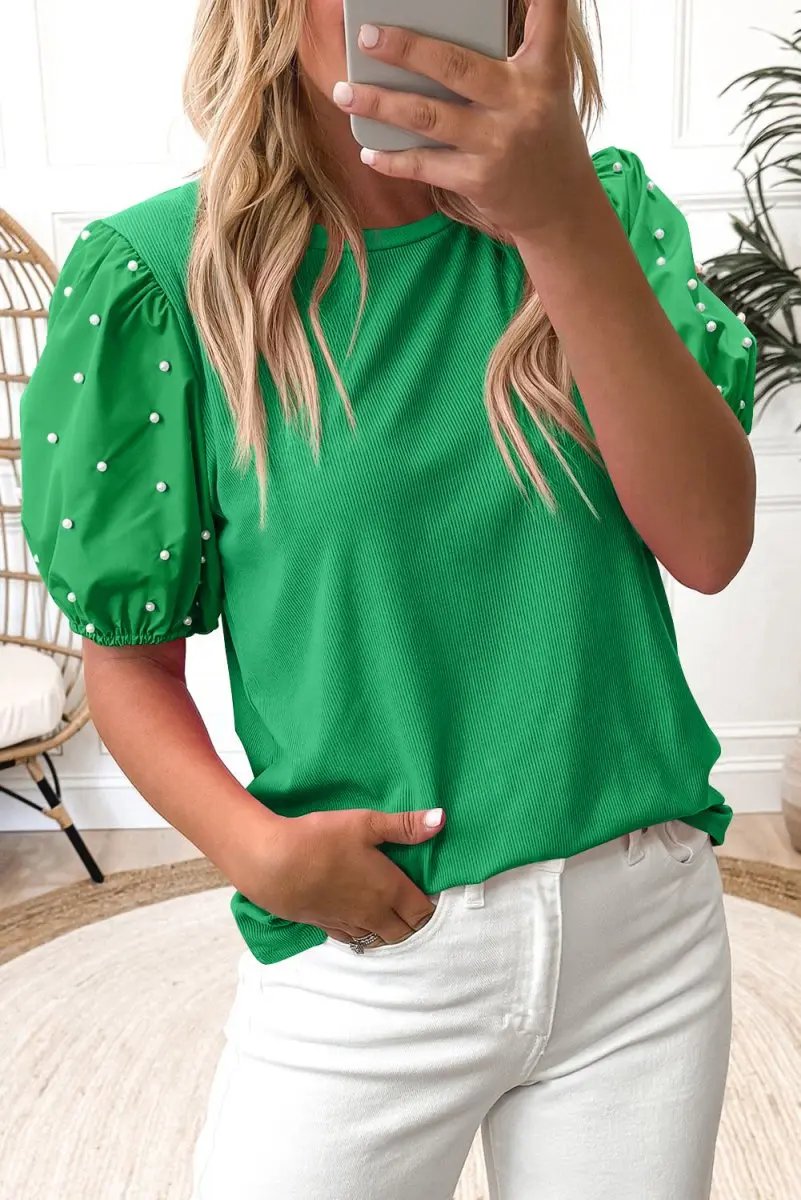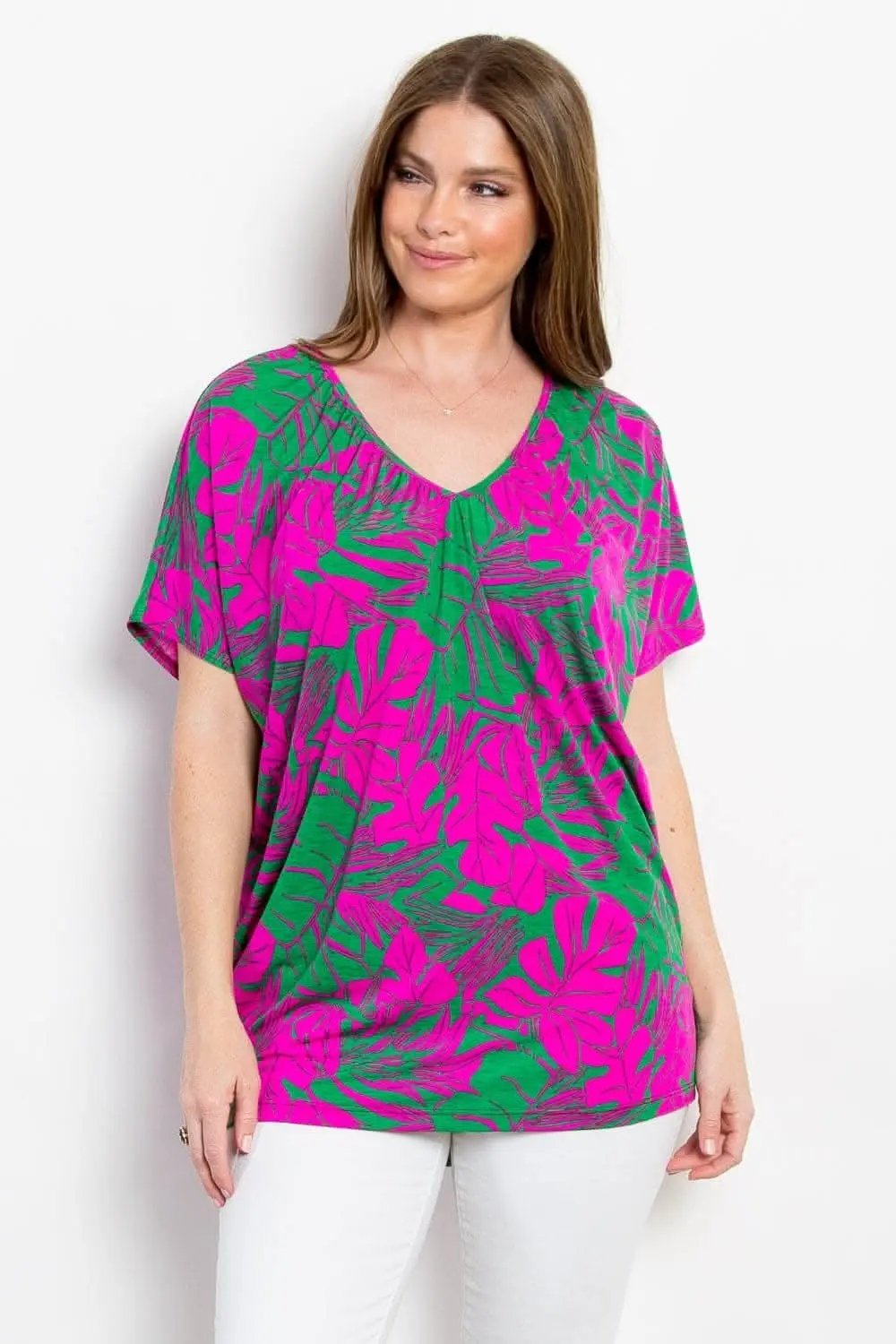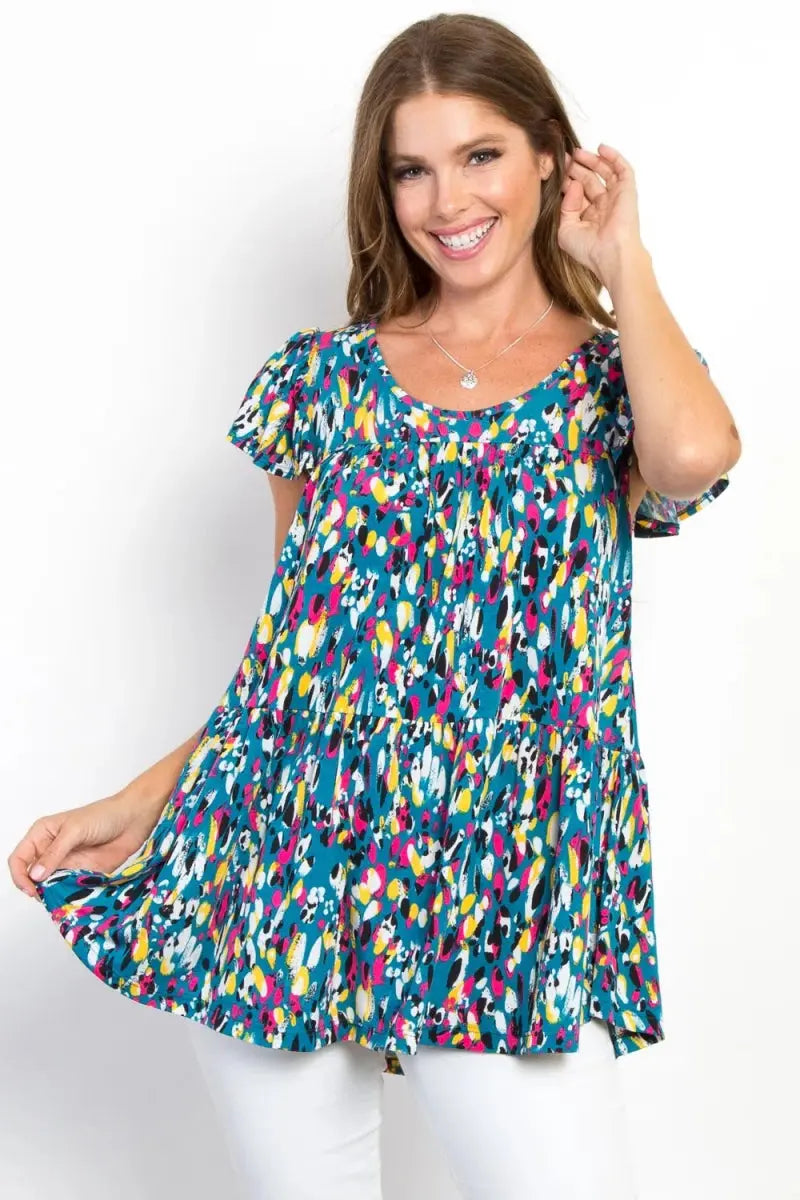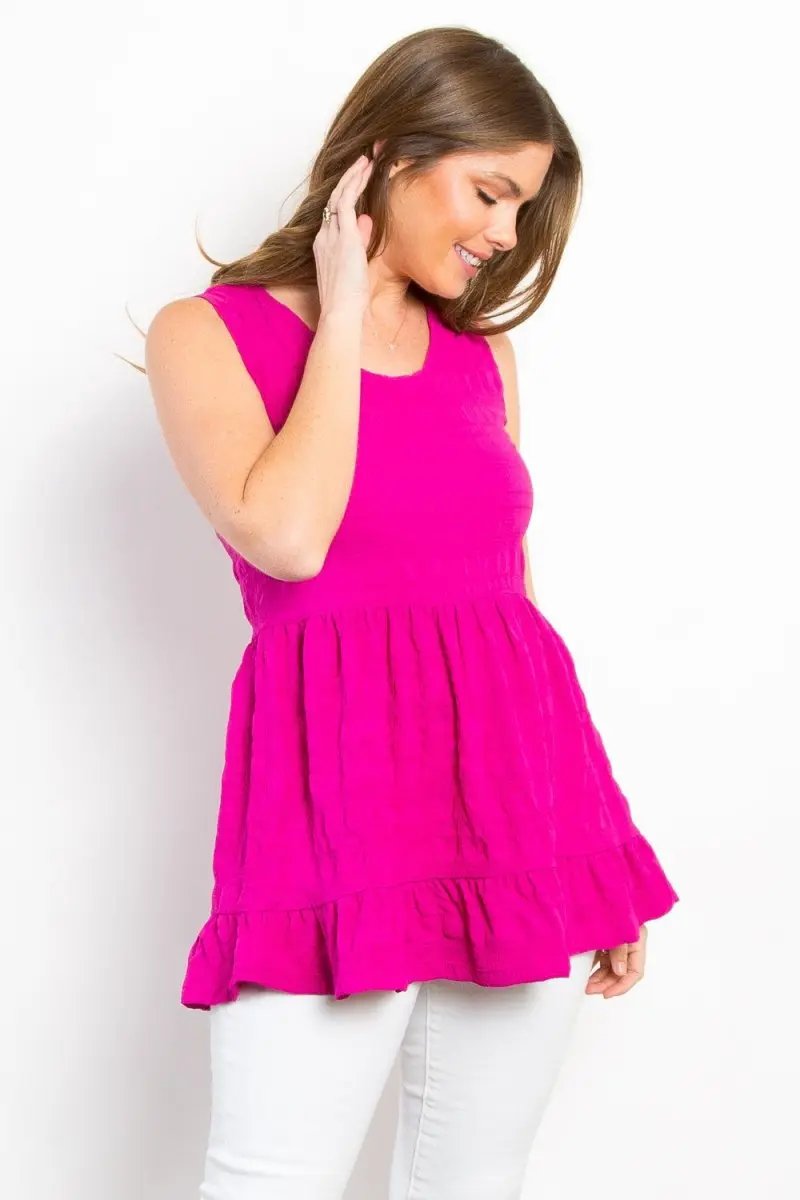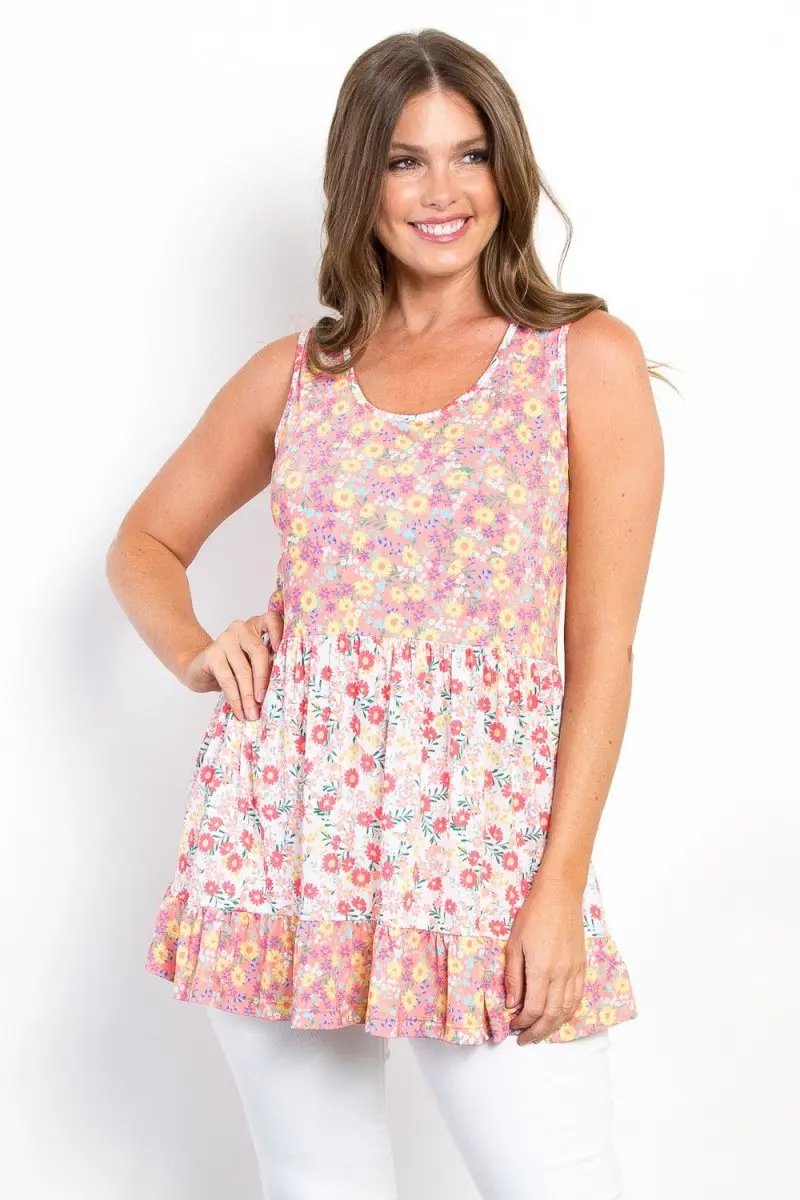Introduction: The Case for a Flying Tomato Plus-Size Capsule
Creating a plus-size, seasonless capsule wardrobe—here called the Flying Tomato capsule—combines sustainability, intentionality, and fit-first tailoring. The goal is to build a compact collection of pieces that mix and match effortlessly across weather, occasions, and body changes. For plus-size wardrobes, focusing on cut, proportion, fabric quality, and small but strategic tailoring turns ordinary garments into favorite pieces that last longer and reduce impulse buying.
What 'Seasonless' and 'Sustainable' Mean for Plus-Size Wardrobes
Seasonless: A set of garments designed to layer and adapt so you don’t need a complete seasonal overhaul. Instead, you rely on base layers, adaptable midlayers, and protective outer layers.
Sustainable: Choosing fewer, better-made items, prioritizing low-impact materials, secondhand shopping, repairing garments, and selecting pieces with transparent supply chains or recycled content.
Why This Matters for Plus-Size Bodies
- Plus-size garments are often less tailored; small alterations can make a huge difference.
- Well-chosen fabrics and silhouettes maintain flattering structure and comfort.
- A seasonless approach reduces cost and closet overwhelm—important when larger sizes sometimes cost more.
Core Principles of the Flying Tomato Capsule
- Intentional simplicity: Each piece should serve multiple outfit formulas.
- Neutral foundation with accent colors: Easier to mix and repeat.
- Quality fabrics and construction over fast, disposable garments.
- Fit-first tailoring: Small, affordable alterations dramatically improve wearability.
- Repair and care mindset: Extend garment life through mending and proper laundering.
Designing Your Capsule: How Many Pieces?
A seasonless capsule can range from 20 to 35 pieces (not counting underwear, activewear, and accessories). A compact plan:
- Core capsule (20 pieces): Good for minimalists and frequent travelers.
- Balanced capsule (25–30 pieces): Offers variety for work, weekend, and events.
- Expanded capsule (35 pieces): Adds seasonal extras and statement items.
Color Palette and Pattern Strategy
Choose 2–3 neutrals and 1–2 accent colors with 1–2 patterns that repeat across garments.
- Typical neutrals: black, navy, charcoal, beige, cream.
- Accent colors: jewel tones (emerald, berry), rust, mustard, muted teal.
- Patterns: stripes, subtle floral, polka dots, or checks in the same palette.
Keep pattern scale suitable for your frame—medium to large prints can work if balanced with solid neutrals.
Fabric Guide: What Works Best for Plus-Size, Seasonless Pieces
Select fabrics that hold shape, drape well, and breathe. Avoid very thin, clingy synthetics for core items.
- Natural fibers: organic cotton, linen blends, wool and wool blends, silk blends for drape.
- Eco-friendly man-made: Tencel/lyocell for soft drape and breathability; recycled polyester for outerwear.
- Knit choices: stable cotton or viscose blends with 2–5% elastane for comfort and recovery.
- Avoid: very lightweight polyester that pills and traps heat; unless it's recycled technical fabric for outerwear.
Essential Pieces for the Flying Tomato Plus-Size Capsule
Below is a recommended 25-piece foundation that can be adapted up or down.
- 1 structured blazer in a neutral
- 1 longline cardigan or duster
- 1 tailored coat or trench
- 1 lightweight jacket (denim or utility)
- 2 fitted tees (white + black or neutral)
- 2 blouses (one drapey, one structured button-up)
- 2 sweaters (lightweight and medium-weight)
- 1 wrap or shirt dress
- 1 casual knit dress
- 1 midi skirt
- 1 pair tailored trousers
- 1 pair high-rise straight or bootcut jeans
- 1 pair wide-leg trousers or culottes
- 1 pair ankle boots
- 1 pair versatile flats
- 1 pair minimal sneakers
- 1 pair low heels or sandals
- 1 belt
- 1 tote bag
- 1 crossbody bag
- 1 scarf
- 1 statement top or blazer
- 1 layering vest or gilet
- 1 pair leggings for comfort
- 1 versatile blazer or jacket in an accent color
Support and Undergarment Strategies
Undergarments change how clothes sit and move. Invest time here: a well-fitting bra, seamless underwear, and optional shaping pieces improve the fall of garments without constriction.
- Get professionally fitted for bras periodically—the right support changes how tops fit.
- Choose high-waist seamless briefs or smoothing shorts for fitted dresses and skirts.
- Use light, breathable shapewear selectively—comfort first.
Outfit Formulas: Mix-and-Match That Actually Works
Below are adaptable outfit formulas grouped by purpose. Swap colors and textures to refresh each formula.
Everyday/Formal-Adjacent
- Blazer + Drapey Blouse + Tailored Trousers + Loafers. Add a longline coat for colder days.
- Structured Blazer + Fitted Tee + High-Waist Jeans + Boots. Great for casual office days.
- Button-Up Shirt + Midi Skirt + Heeled Boots + Belt. Feminine, polished, and seasonless.
Casual Weekend
- Longline Cardigan + Fitted Tee + Jeans + Sneakers. Tuck tee front to define waist.
- Utility Jacket + Knit Dress + Ankle Boots + Tights in cool months.
- Denim Jacket + Tee + Wide-Leg Trousers + Flats. Proportion play keeps silhouette balanced.
Smart-Casual and Event
- Wrap Dress + Blazer + Heels. Use the blazer to add structure and warmth.
- Statement Top + Tailored Trousers + Heels. Keep accessories minimal to let silhouette sing.
- Chunky Knit + Midi Skirt + Boots. Knits layered over skirts create modern contrasts.
Travel Capsule Formula
- Neutral Blazer + 2 Tees + Jeans + Tailored Trousers + Scarf + Sneakers. Choose pieces that compress well and resist wrinkles.
Detailed Outfit Examples: 50 Mixes from 25 Pieces
To make the capsule feel abundant, here are 50 ways to combine the sample pieces. (Swap neutrals and accents.)
- 1 Blazer + White Tee + Tailored Trousers + Loafers
- 2 Longline Cardigan + Black Tee + Jeans + Sneakers
- 3 Denim Jacket + Drapey Blouse + Midi Skirt + Flats
- 4 Trench + Button-Up + Wide-Leg Trousers + Heels
- 5 Blazer + Knit Dress + Ankle Boots
- 6 Utility Jacket + Wrap Dress + Sneakers
- 7 Cardigan + Shirt + Tailored Trousers + Boots
- 8 Blazer + Statement Top + Jeans + Heels
- 9 Sweater + Shirt Layer + Midi Skirt + Flats
- 10 Fitted Tee + High-Waist Jeans + Belt + Ankle Boots
- 11 Blazer + Fitted Tee + Wide-Leg Trousers + Sneakers
- 12 Knit Dress + Longline Cardigan + Boots
- 13 Button-Up + Tailored Trousers + Loafers + Belt
- 14 Trench + Sweater + Jeans + Sneakers
- 15 Statement Blazer + Black Tee + Midi Skirt + Heels
- 16 Utility Jacket + Drapey Blouse + Tailored Trousers
- 17 Blazer + Wrap Dress + Flats
- 18 Denim Jacket + Sweater + Jeans + Ankle Boots
- 19 Longline Cardigan + Statement Top + Wide-Leg Trousers
- 20 Shirt + Midi Skirt + Sneaker + Scarf
- 21 Coat + Fitted Tee + Tailored Trousers + Heels
- 22 Blazer + Chunky Knit + Jeans + Boots
- 23 Wrap Dress + Belt + Loafers
- 24 Denim Jacket + Knit Dress + Sneakers
- 25 Trench + Statement Top + Wide-Leg Trousers
- 26 Cardigan + Shirt + Jeans + Flats
- 27 Blazer + Fitted Tee + Midi Skirt + Heels
- 28 Sweater + High-Waist Jeans + Boots
- 29 Tailored Trousers + Statement Top + Blazer
- 30 Utility Jacket + Knit Dress + Tights + Boots
- 31 Shirt + Wide-Leg Trousers + Heels
- 32 Cardigan + Wrap Dress + Flats
- 33 Blazer + Knit Dress + Sneakers
- 34 Coat + Sweater + Jeans + Boots
- 35 Denim Jacket + Button-Up + Tailored Trousers
- 36 Fitted Tee + Midi Skirt + Ankle Boots
- 37 Blazer + High-Waist Jeans + Statement Scarf
- 38 Chunky Knit + Wide-Leg Trousers + Heels
- 39 Shirt + Tailored Trousers + Sneakers
- 40 Wrap Dress + Longline Cardigan + Boots
- 41 Trench + Knit Dress + Flats
- 42 Blazer + Drapey Blouse + Jeans + Loafers
- 43 Coat + Statement Top + Midi Skirt
- 44 Utility Jacket + High-Waist Jeans + Sneakers
- 45 Cardigan + Shirt + Wide-Leg Trousers + Heels
- 46 Blazer + Sweater Layer + Tailored Trousers
- 47 Denim Jacket + Fitted Tee + Midi Skirt + Flats
- 48 Trench + Blazer (layered) + Jeans + Boots
- 49 Shirt + Knit Dress (worn as skirt) + Ankle Boots
- 50 Blazer + Wrap Dress + Statement Jewelry
Tailoring: What to Prioritize and How Much to Expect
Tailoring is the secret weapon for plus-size dressing. Small changes make massive visual improvements.
Top Alterations to Consider
- Shoulder seam adjustment: Aligns garments with your natural shoulder line.
- Side seam tapering: Creates waist definition without discomfort.
- Bust darts or repositioning: Eliminates gaping and improves fit.
- Waist suppression: Smoothing or repositioning elastic/bands.
- Shortening sleeves and hems: Balance proportions and avoid fabric overload.
- Taking in the back or adding darts: Cleans excess fabric and improves silhouette.
What to Tell Your Tailor
Bring the outfit you plan to wear with the garment (shoes and undergarments). Use these points when communicating:
- Describe the look you want: more fitted at waist, smoother at back, less gaping at bust.
- Point at problem areas—shoulder seams, sleeve length, hemline.
- Ask for temporary basting or pins to preview the change before stitching.
- Request a price estimate and timeline—ask if there are incremental costs for lining or fabric panels.
Typical Costs and ROI
Alteration costs vary by region but expect a few common ranges (USD approximate):
- Sleeve shortening: $10–$25
- Hemming skirt/trouser: $10–$25
- Tapering side seams: $25–$60
- Adding darts: $20–$50
Compared to replacing a poorly fitting item, tailoring is a cost-effective way to achieve a custom look.
DIY and Minor Alterations You Can Learn
- Simple hem shortening with blind stitch or hem tape.
- Adding small bust darts using hand stitching or a machine.
- Sewing elastic into waistbands for more comfort.
- Replacing buttons and button-loop reinforcement.
There are many step-by-step tutorials online and local community sewing classes that make these skills accessible.
Measurement Guide: Accurate Metrics for Better Online Shopping
Consistent measurements improve fit across brands. Measure wearing a well-fitting bra and thin clothing.
- Bust: Measure at the fullest point, parallel to the floor.
- Underbust: Measure directly under the breast for dress sizing and bras.
- Natural waist: Measure at the narrowest part or where you want a waistband to sit.
- High hip: Measure around the fullest part of your hips and seat.
- Shoulder width: Measure from the outer edge of one shoulder to the other across the back.
- Arm length: From shoulder seam to wrist with a slight bend at the elbow.
- Inseam: From crotch to ankle where you want trousers to fall.
Record these numbers in a sizing note and compare to each brand’s size chart, not generalized sizing terms.
Shopping Strategy: Where and How to Find Pieces
Use a blended approach of new, secondhand, and made-to-measure when possible.
- Start with a closet audit—identify what you already own that fits the capsule.
- Buy key structured pieces new (blazer, coat) for construction and fit.
- Use secondhand and thrift shopping for dresses, denim, and unique items—look for good fabrics and minimal wear.
- Explore made-to-measure or tailors who will alter off-the-rack pieces to your measurements.
- Set price thresholds for when to invest (e.g., spend more on blazer and coat; less on trending tops).
Evaluating Sustainability Claims
Ask these questions when choosing brands:
- Do they disclose materials and supply chain details?
- Are fibers certified (GOTS, OEKO-TEX, Global Recycled Standard)?
- Do they publish repair policies or take-back programs?
- Are workers’ welfare and factory audits visible or documented?
Caring for Your Capsule: Maintenance, Repair, and Storage
Good care extends garment life and keeps them looking polished.
- Wash less and cooler: spot-clean when possible.
- Use gentle detergent and avoid fabric softeners that degrade fibers.
- Air-dry on shaped hangers or flat when recommended.
- Reshape knits while damp and store folded to prevent shoulder stretching.
- Repair snags, reattach buttons, and rehem early to avoid bigger damage.
- Store off-season pieces in breathable garment bags or boxes with cedar if needed.
Adaptations for Different Climates
Modify the capsule for your local weather.
- Warm climates: favor linen blends, lightweight Tencel, and breezy silhouettes; add a lightweight jacket for air-conditioned spaces.
- Cold climates: increase layering pieces, include wool blends, thermals as base layers, and weatherproof outerwear.
- Humid climates: choose moisture-wicking Tencel and breathable knits; avoid heavy synthetics next to skin.
Budgeting and Prioritization
Decide your spending split by priority:
- Investment items (40% of budget): blazer, coat, tailored trousers.
- Everyday staples (40%): jeans, tees, knits, shoes.
- Finishing touches (20%): accessories, tailoring, statement piece.
Set a tailoring budget—$50–$150 per season can make a big improvement.
Common Fit Issues for Plus-Size Clothes and Solutions
- Shoulder overflow or sagging: tailor shoulder seam or choose structured outerwear.
- Bust gaping: add or move darts, increase overlap on button-up shirts, or select wrap styles.
- Waistband slippage: reposition waist or add elastic/non-slip tape.
- Excess fabric at back: add darts or take in center back seams.
- Sleeves too long or wide: shorten and taper sleeves or add slight cap sleeve detail.
Making the Capsule Your Own: Personal Style Tips
- Signature detail: pick one recurring accent (a scarf color, a certain jewelry style) to create cohesion.
- Mix texture: combine matte and subtle sheen to add depth (wool, knit, Tencel, leather).
- Proportion play: pair fitted tops with fuller bottoms or structured tops with slim bottoms to balance silhouette.
30-Day Action Plan to Build Your Flying Tomato Capsule
- Week 1: Audit your wardrobe, measure yourself, and identify 3 core gaps (blazer, trousers, coat).
- Week 2: Shop for 1–2 investment pieces and 1 adaptable mid-price item; schedule a tailor consultation.
- Week 3: Tailor key garments; practice 3 outfit formulas with what you own. Photograph combos for reference.
- Week 4: Fill remaining gaps via secondhand finds or conscious purchases. Establish a care and repair routine.
Final Thoughts: Sustainable Confidence
The Flying Tomato Plus-Size Capsule is more than a wardrobe; it’s a strategy that respects your time, body, budget, and the planet. Prioritize fit and fabric, welcome tailoring as an ally, and build a seasonless rotation that feels uniquely you. Little investments—accurate measurements, a good tailor, a high-quality blazer—pay off with daily confidence and fewer clothes wasted.
Next Steps
Start with a closet audit today: keep items that fit and coordinate with at least three other pieces in the capsule. Measure yourself and write down your numbers. Identify one garment to tailor this week and one garment to donate or recycle. Over the next three months, refine the capsule and track how many outfits you can create from it—the results will show how powerful a thoughtful, tailored, sustainable capsule can be.

